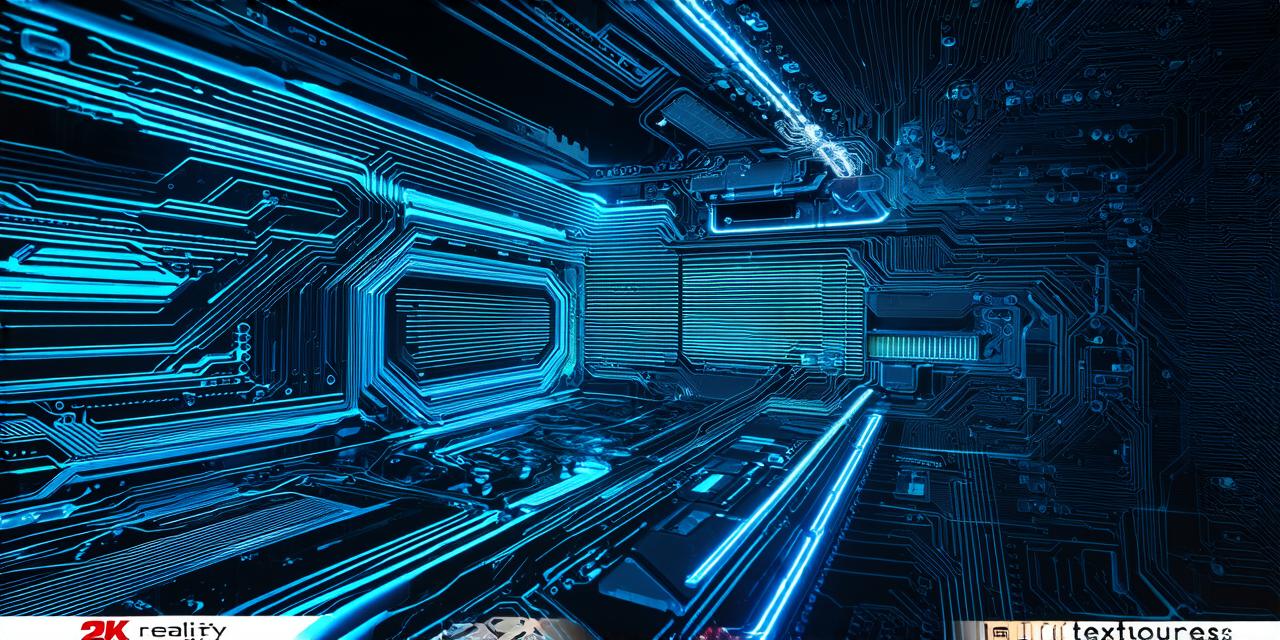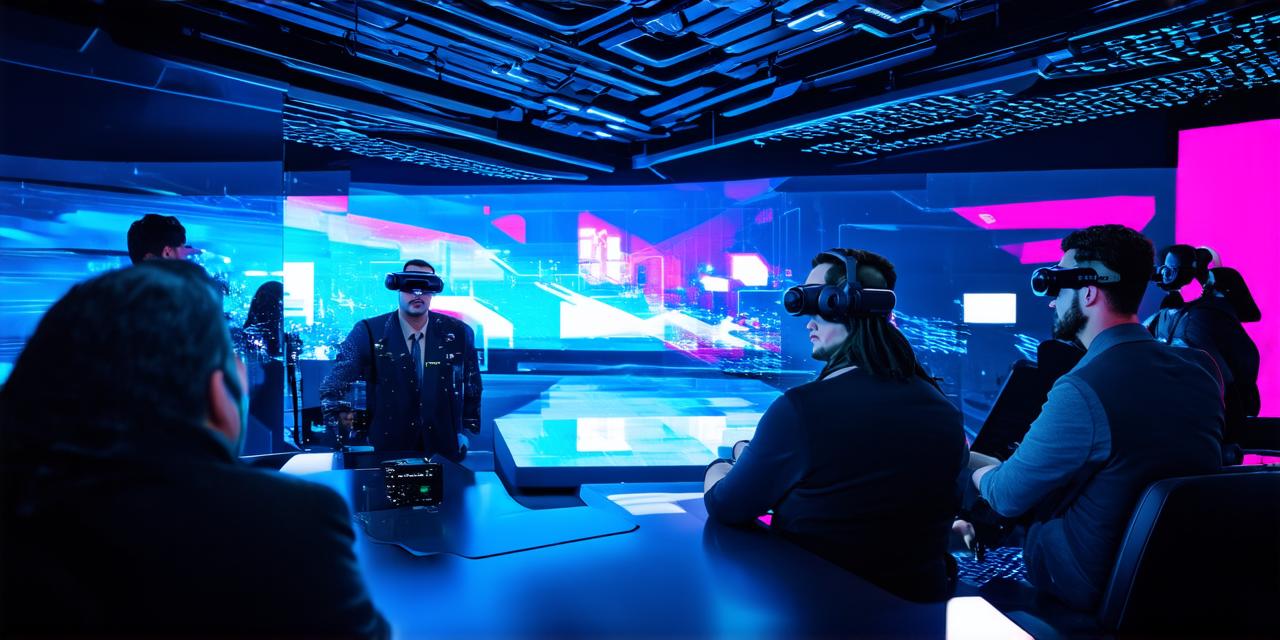Mixed reality (MR) is a technology that blends virtual objects into the real world. It allows users to interact with both virtual and physical objects simultaneously, creating a more immersive experience.
Step 1: Understanding Mixed Reality
Before you begin creating mixed reality experiences, it’s important to understand the technology behind it. Mixed reality is a combination of virtual reality (VR) and augmented reality (AR). In VR, the user is completely immersed in a virtual world, while in AR, virtual objects are overlaid onto the real world.
Step 2: Choose Your Tools
There are several tools available for creating mixed reality experiences. These include game engines like Unity and Unreal Engine, as well as specialized software like HoloLens Studio and Vuforia. The choice of tool will depend on your experience level and the complexity of the project you want to undertake.
Step 3: Design Your Experience
Once you have chosen your tools, it’s time to start designing your mixed reality experience. This involves creating a storyboard that outlines the user journey and the interactions between virtual and physical objects. You should also consider factors like lighting, sound, and user interfaces to create an immersive and engaging experience.
Step 4: Develop Your Content
The next step is to develop your content. This involves creating 3D models of virtual objects, programming interactions between these objects and the real world, and implementing features like gesture recognition and voice commands. Depending on the complexity of your project, this step may involve working with a team of developers and designers.
Step 5: Test Your Experience
Once your mixed reality experience is complete, it’s important to test it thoroughly. This involves running tests in different environments and under different conditions to ensure that the experience works as intended. You should also gather feedback from users to identify areas for improvement and make necessary changes.
Step 6: Deploy Your Experience
The final step is to deploy your mixed reality experience. This may involve publishing it to a platform like HoloLens or Vuforia, or integrating it into an existing application. Once deployed, you should continue to monitor and update the experience to ensure that it remains engaging and relevant to users.
In conclusion, creating mixed reality experiences involves a combination of design, development, testing, and deployment. By following these steps, you can create immersive and engaging experiences that blend virtual and physical objects in a seamless way.



